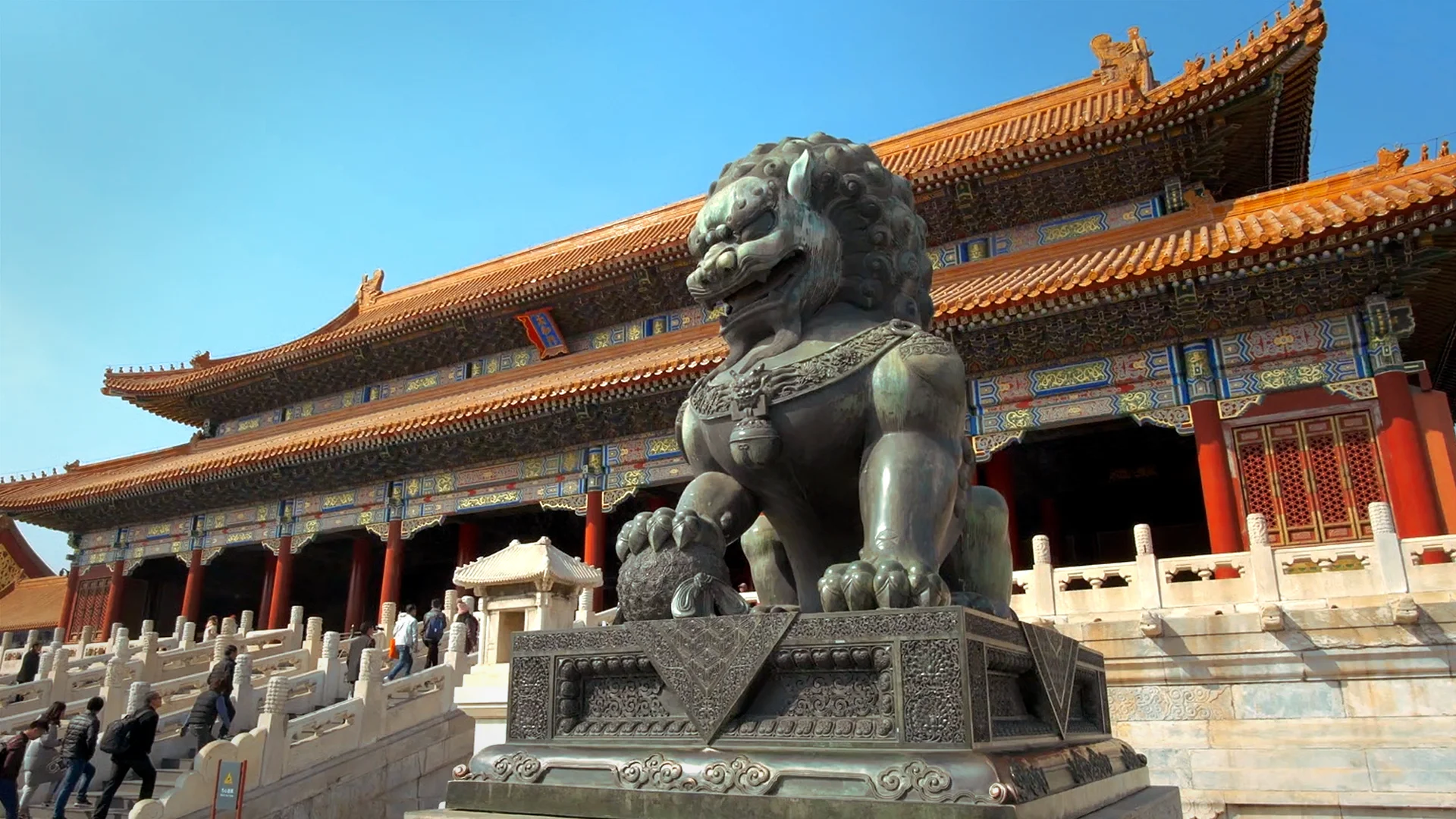The Great Wall of China, the Forbidden City, and the Temple of Heaven are three of Beijing’s most significant historical and cultural landmarks. Together, they provide a fascinating glimpse into China’s imperial past, showcasing the country’s grandeur, history, and spiritual traditions. These remarkable sites offer a deep dive into the ancient civilization that shaped much of East Asia’s history and continue to inspire awe in visitors from all over the world.
The Great Wall of China: A Monumental Achievement
The Great Wall of China, stretching over 13,000 miles, is one of the world’s most iconic landmarks and a symbol of Chinese resilience and engineering prowess. Originally constructed in the 7th century BC and later expanded during the Ming Dynasty, the Wall was built to protect China from invasions by nomadic tribes from the north. Its construction spanned several centuries, using bricks, stone, and wood, and it is often regarded as one of the greatest feats of ancient military architecture.
Visitors can explore various sections of the Wall, with the most famous being the Mutianyu and Badaling sections, where the wall is well-preserved and offers sweeping views of the surrounding mountains. Walking along the Great Wall allows visitors to marvel at the scale of the structure while reflecting on the perseverance and determination it took to build such a vast monument.
The Forbidden City: The Imperial Palace
The Forbidden City, or the Imperial Palace, was the heart of Chinese political and imperial power for over 500 years, serving as the residence of emperors and their families during the Ming and Qing Dynasties. Covering an area of over 180 acres, the Forbidden City is a sprawling complex of 980 buildings, making it the largest palace complex in the world. Its layout follows strict principles of Chinese cosmology and Feng Shui, symbolizing the emperor’s role as the link between heaven and earth.
The Forbidden City is a UNESCO World Heritage Site and is home to an unparalleled collection of Chinese art, including ancient paintings, calligraphy, porcelain, and sculptures. Visitors can explore the halls, courtyards, and gardens that once housed emperors and concubines, gaining insight into the power and luxury of China’s imperial court.
Temple of Heaven: A Sacred Site of Worship
The Temple of Heaven is an ancient religious complex in Beijing, known for its breathtaking architectural design and spiritual significance. Constructed in the early 15th century during the Ming Dynasty, the Temple of Heaven was where emperors of China performed annual ceremonies to pray for good harvests and the well-being of the empire. The most famous building in the temple complex is the Hall of Prayer for Good Harvests, a circular wooden structure with a distinctive blue-tiled roof.
The Temple of Heaven’s design incorporates elements of Chinese cosmology, with the structures representing the relationship between heaven, earth, and humanity. Visitors can explore the expansive park surrounding the temple, which is also a place for locals to practice Tai Chi, dance, and engage in other cultural activities.
Connecting the Three Landmarks: A Walk Through Imperial China
The Great Wall of China, Forbidden City, and Temple of Heaven represent the majestic power, spirituality, and cultural heritage of ancient China. While the Great Wall stands as a symbol of the country’s strength and determination, the Forbidden City showcases the opulence and grandeur of China’s imperial courts. The Temple of Heaven, meanwhile, provides insight into the spiritual and religious practices that underpinned the empire’s rule.
Each of these landmarks offers a unique perspective on Chinese history, from military strategy and architectural achievements to royal life and religious practices. Together, they form a comprehensive narrative of the ancient Chinese empire’s remarkable cultural and historical legacy.
Visiting these sites allows travelers to step back in time and experience the might and majesty of Imperial China. Whether walking along the Great Wall, marveling at the Forbidden City’s imperial treasures, or reflecting at the Temple of Heaven’s sacred grounds, visitors will gain a deeper appreciation for one of the world’s oldest and most influential civilizations.

